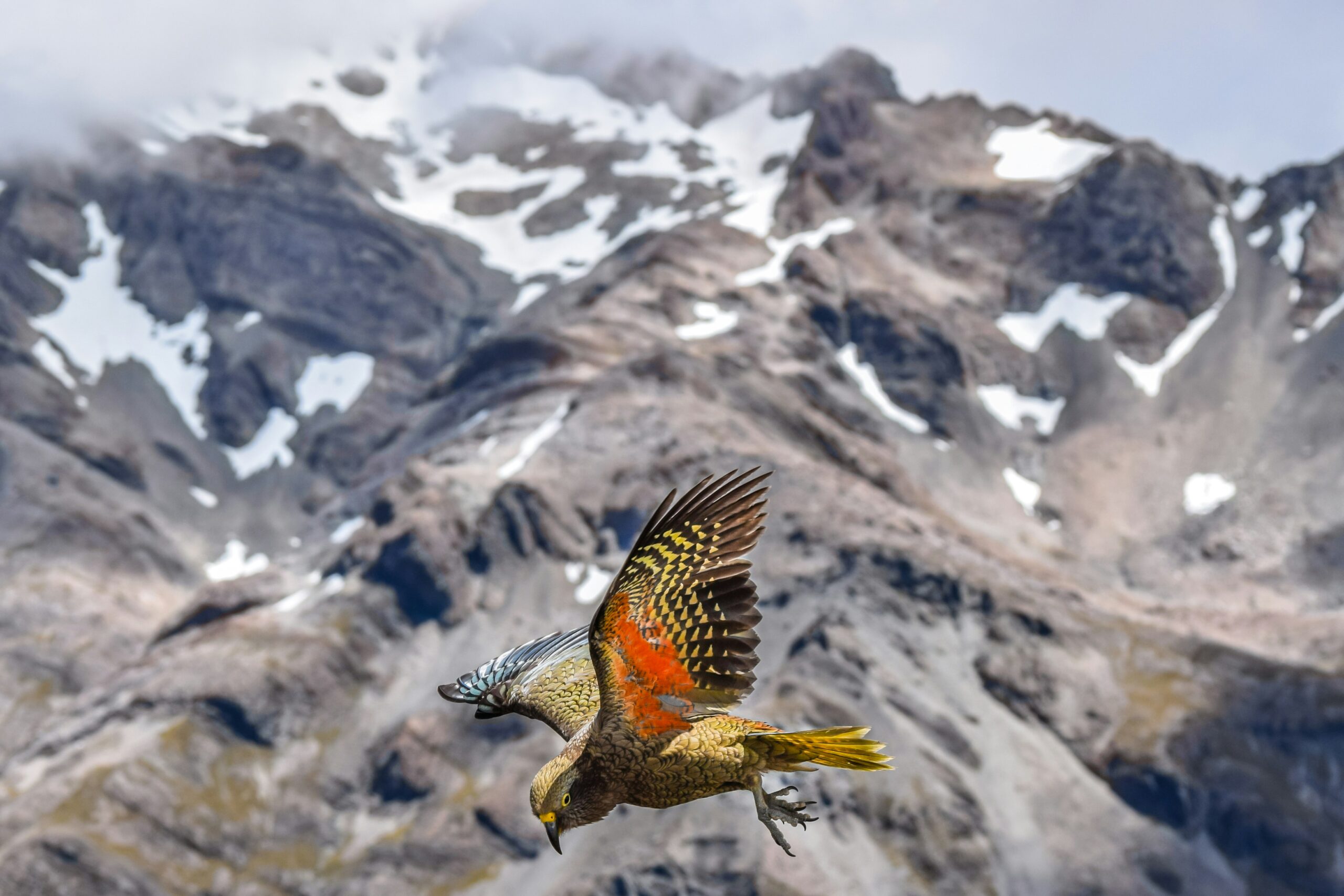The Intergovernmental Science-Policy Platform on Biodiversity and Ecosystem Services (IPBES) has opened the external review of the Methodological Assessment on Monitoring Biodiversity and Nature’s Contributions to People (monitoring assessment). This assessment evaluates approaches for monitoring biodiversity and the benefits that nature provides to people, aiming to enhance scientific rigor and policy relevance in decision-making.
The assessment is conducted using a fast-track approach, involving a single external review. Accordingly, the first draft of the chapters and the draft summary for policymakers are available for review.
The external review is open to Governments and interested, qualified experts, including scientists, decision-makers, practitioners, and other knowledge holders. The Multidisciplinary Expert Panel seeks wide participation from experts across disciplines and backgrounds to ensure the assessment meets high standards of scientific quality and policy relevance.
The external review period is open from 5 November 2025 to 7 January 2026 (9 weeks).
Steps to Participate as an Expert Reviewer
- Register as a user of the IPBES website at https://ipbes.net/user/register, if not already registered.
- Register to review the draft documents at https://www.ipbes.net/user/login?destination=monitoring-assessment/external-review/registration.
- After registration, a confidential email will provide access to the draft summary for policymakers, draft chapters, and glossary.
- Submit comments in English using the Excel comment template available on the same webpage as the draft documents.
- Upload completed templates electronically via the IPBES website using the ‘Add Review’ button by 7 January 2026 (login required).
- For technical issues uploading the comment template, contact mea-ipbes@un.org.
Online Dialogues in the Context of the External Review
Online dialogue with national focal points:
- Session 1: 3 December 2025, 12:00 – 14:00 CET (English, with French, Arabic, Russian interpretation)
- Session 2: 4 December 2025, 00:00 – 2:00 CET (English, with Chinese, Spanish interpretation)
Online dialogue with stakeholders, including practitioners:
- 10 December 2025, 12:00 – 14:00 CET
Participation in the dialogues requires registration as a reviewer (Step 2). Dialogue registration links will be sent via email after successful reviewer registration. For technical questions regarding online dialogues, contact tsu.capacitybuilding@ipbes.miljodir.no.
The Plenary will consider the summary for policymakers and chapters of the monitoring assessment for acceptance at IPBES 13, currently planned for the end of 2027.
Cover image by Karl Anderson.


